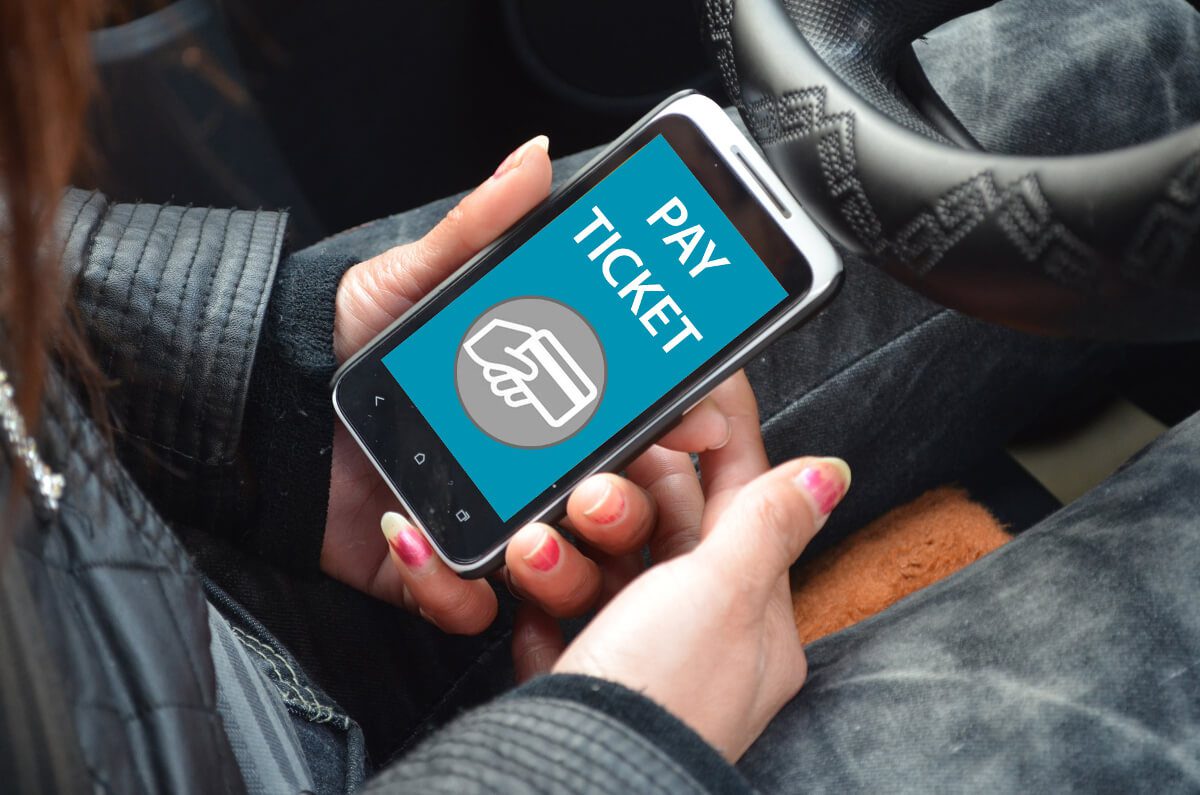The global payments landscape is evolving at a rapid pace. According to KPMG, the global mobile banking penetration was approximately 40% in 2015. As per KPMG’s estimates, the number of global mobile banking users will reach 1.8 billion by 2019. This indicates an exponential growth in the adoption of digital payment methods.
The dynamic nature of emerging markets has opened up huge opportunities for the growth and wide-scale adoption of digital technologies. The payment technology is a segment where this dynamism is already established. However, it is widely perceived that digital payments are being increasingly adopted across developed nations versus developing countries. In fact, most of the digital payment fundamentals have remained solid in developing nations. Macro drivers are playing a significant role in the adoption of mobile payment technologies. Additionally, the convergence of global markets is helping businesses realize their future potential.
Setting the pace of mobile payment technologies in emerging markets
The payment ecosystem is experiencing rebalancing of power among digital players, payment gateway businesses, incumbent banks, and FinTech companies. In addition, the evolving consumer expectations and distribution merchants have powered the digital payment ecosystem. Digital native expectations of reducing the use of cash are driving the mobile payment technologies’ growth. Additionally, it is a common perception that emerging markets readily embrace the latest trends in the digital landscape. And this is creating a new breed of FinTech and mobile payment innovators in the payment industry. Notably, these digital payment innovators are active across BRIC countries (Brazil, Russia, India, and China). Other developing nations like South Korea, Mexico, Indonesia, and the Middle East also show an increasing adoption of new payment technologies.
According to a research conducted by ING, 47% of mobile users in Europe, the U.S., and Australia were engaged in mobile banking activities in 2015. And, the global number of mobile banking users is expected to exceed 1 billion in 2017, thus reaching a market share of 15% among global mobile subscribers. While developed countries have a fair share of user adoption, developing countries are also contributing to the accelerated growth of mobile banking. The large number of unbanked and under-banked populations engaged in basic activities such as checking account balance, paying bills online, and transferring money are the drivers of this mobile payment technologies movement. According to a Nielsen report, higher mobile banking participation in the APAC (India’s usage rate: 46%) and LATAM (Mexico’s usage rate: 34%) region indicates this.
Convergence across developing and developed markets
Traditionally, physical banks have served as the only means of accessing financial services. Thus leading to low rates of inclusive financing, due to difficulties in reaching physical banks in geographically remote areas of developing nations. Mobile payment technologies are making it economically viable for banks to connect with unbanked and under-banked populations, thus promoting financial inclusion. The technology has leapfrogged from physical banks to mobile money. For instance, around two-thirds of the Kenyan adult population execute financial transactions through a mobile payment service called m-Pesa. Consequently, such alternative banking channels have seen massive adoption across emerging markets – both at consumer and retailer ends.
In a digitized economy, mobile payments provide the convenience and liberty of anytime & anywhere usability across various forms including banking apps, in-app payments, digital wallets, etc. Among others, major brands such as Apple, Samsung, Google, PayPal, and Chase are offering digital wallets to make the most of the booming m-commerce market. FinTech leaders are developing Internet-based mobile wallets based on cryptocurrencies, such as Bitcoin (read our whitepapers Bitcoin the true flag bearer of cryptocurrency and A closer look into the world of Bitcoin mining and trading).
Industry innovators are also developing advanced device-based wallets that just need to be tapped around contactless readers to complete the payment process (PayPal, Google Wallet).
How well are digital wallets performing?
The adoption among consumers is uneven across geographies:
Surprisingly, APAC is leading the wallet usage with 46% – Asian consumers being more enthusiastic about moving toward a technology-driven cashless economy. A prime example is India, that has become a digital payment service playground, following its recent demonetization move. The number of transactions carried out by mobile wallets has increased from around 100 million in 2013 to 600 million in 2015. PayTm is the leading mobile wallet player in India, with a user base of 120 million.
Similarly, mobile payment technologies are booming in another emerging market among the BRIC nations – China. As estimated by iResearch, Chinese third-party mobile payments tripled to USD5.5 trillion in 2016.
According to WorldPay’s Global Payments Report 2016, e-wallets constituted only 19% of the total spending in North America (31% global average) last year. Likewise, in EMEA, only 20% of all consumer transactions were conducted using e-wallets.
The reasons for the sluggish adoption of mobile wallets in developed nations have generally been the following:
- low awareness
- security concerns
- lack of additional benefits
- the comfort of using traditional payment methods
Realizing the future potential
The economic growth of the developing nations is aiding the establishment of a state-of-the-art digital payment ecosystem, thus setting the pace for worldwide commercial markets. Mobile payment platforms are steadily evolving from commoditized propositions to valuable solutions, complementing lifestyle across emerging nations. The future winners will turn the payment landscape on its head with user data through digital channels, unlike traditional banks with least access to user preferences data.
As an outlook, we will see even faster changes in the payment ecosystem in the coming years. The advent of new and disruptive market players will redefine the mobile payment ecosystem. Leading the pack, the developing nations will be at the forefront of the payment technology transformation. It is important for businesses to take cues from developed countries and analyze challenges in mobile payment technologies, and be better prepared for the unexpected.









